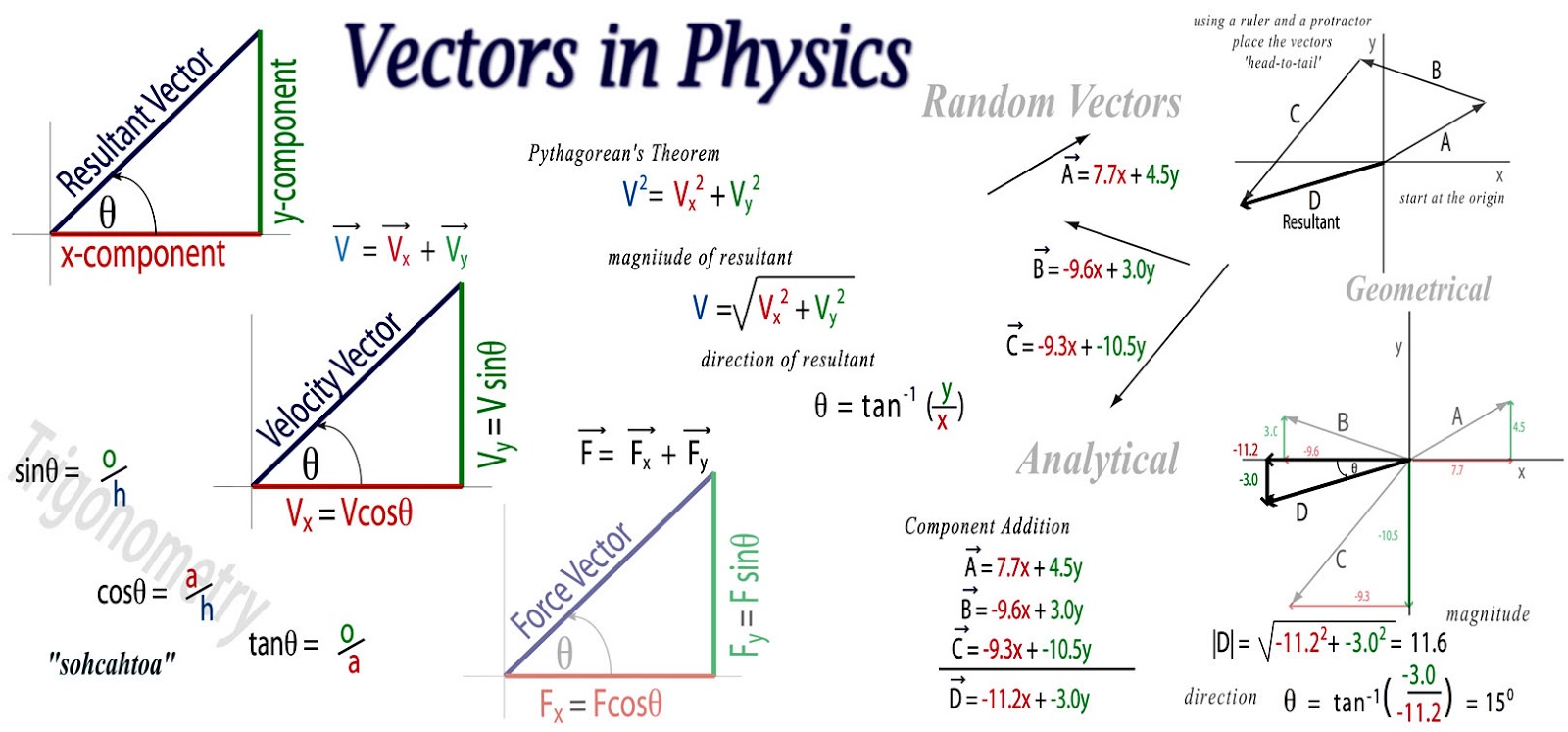Draw vectors use indicated extra 2b vector unlabeled any helpful keep thanks but solved mind orientation graded important length location
Table of Contents
Table of Contents
Have you ever struggled with drawing vectors? Do you feel lost when it comes to representing them visually? Fear not, because in this post, we’ll guide you through the process of drawing vectors and make it simple to understand. Keep reading to find out more.
Common Struggles with Drawing Vectors
Have you ever had trouble with starting to draw vectors from scratch and found it difficult to understand where the base point must be placed? Did you get lost in understanding directions and magnitude of the vectors? If you answered yes to any of these, we are here to guide you through the steps to draw vectors correctly.
Answering the Question: How to draw vectors?
Before we dive into the process, let’s get familiar with some terms that are essential for drawing vectors. A vector is a quantity that has both magnitude and direction, represented by an arrow pointing to the direction and length representing the magnitude. To draw a vector, start by defining the base point (commonly referred as tail) and direction based on its magnitude (commonly referred as head).
Summary of Main Points:
In summary, to draw vectors, you must understand their properties and notation. You need to define their base point and direction, and magnitude to draw them correctly. Keep in mind that practice is essential in mastering how to draw vectors.
Key Techniques to Drawing Vectors
When I first started drawing vectors, I had difficulty grasping the concept of a tail and head of the vector. However, practice has made me more comfortable, and I’m here to share some techniques that have helped me draw vectors correctly. To start, I suggest familiarizing yourself with representing the tail and head of the vector. One common technique is to use a point and line to represent the vector. Once the tail is defined, draw a line in the desired direction to represent the head. This helps to visualize the vector and its magnitudes easier.
Another technique is to use components of the vector to derive the magnitude and direction. Components of the vector are projections of the vector onto coordinate axes, which can be useful in finding its magnitude and direction. Using these techniques can help with understanding how to draw a vector from scratch.
Practical Applications of Drawing Vectors
As an engineer, I work with vectors daily. They are essential in understanding and solving problems such as velocity, force, and acceleration. Additionally, vectors are used in areas such as computer graphics, physics, and navigation. Without knowing how to draw vectors, it would be challenging to visualize and solve complex problems related to these fields.
Advanced Techniques to Drawing Vectors
In addition to the techniques mentioned earlier, there are more advanced methods used in drawing vectors. For example, vector addition and subtraction, drawing cross product, and handling non-coplanar vectors require a deeper understanding. Knowledge of these techniques can help you solve complex problems and visualize relationships between vectors in more advanced ways.
Question and Answer:
Q: What is the importance of understanding how to draw vectors?
A: Vectors are essential in many fields, and understanding how to draw and manipulate them is necessary to solve problems correctly.
Q: How do you know where to place the base point of the vector?
A: The base point is typically placed at the origin of the vector to simplify calculations. However, it can be moved anywhere on the coordinate plane.
Q: What are some applications of vectors in Physics?
A: Vectors are used in understanding concepts such as velocity, force, and acceleration, which are essential in physics.
Q: Are there any shortcuts to drawing vectors?
A: No, practice is the best way to master drawing vectors correctly, and shortcuts can lead to errors or misunderstandings.
Conclusion of How to Draw Vectors
In conclusion, understanding how to draw vectors is essential in many fields, and mastering the techniques takes practice. It’s a worthwhile effort to invest time to learn the notation and the concepts behind vector properties, as they provide a foundation for solving complex problems in many areas.
Gallery
EDUCATION - STUDENTS CAREER: USES OF VECTORS IN REAL LIFE

Photo Credit by: bing.com / physics vectors vector life add formula real uses formulas problems math mathematics scalar distance questions sheet ways use direction scalars
Draw A Vector In Standard Position, Or Anywhere - YouTube

Photo Credit by: bing.com / vector position standard draw
How To Draw A Vector - Google Search | Chemistry Lecture, Physics

Photo Credit by: bing.com / lecture
Solved: Draw The Vectors Indicated. You May Use Any Extra | Chegg.com

Photo Credit by: bing.com / draw vectors use indicated extra 2b vector unlabeled any helpful keep thanks but solved mind orientation graded important length location
Draw The Planes In Row Picture And Vectors In Column Picture Linear

Photo Credit by: bing.com / linear algebra column row draw vectors planes





